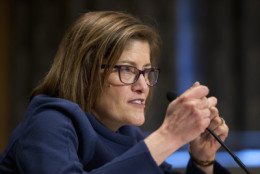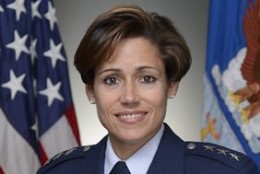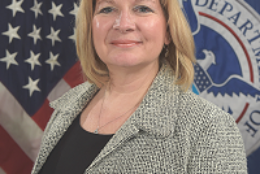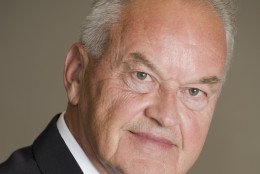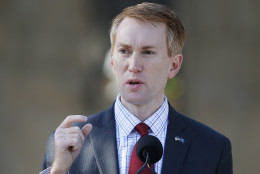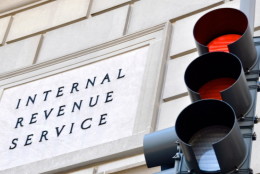Hiring/Retention
-
Hispanics represented 8.5 percent of the permanent federal workforce in 2015, a 0.1 percent bump over fiscal 2014's numbers. Though 2015 marks the sixth consecutive year where the Hispanic federal population has increased, leaders within the Office of Personnel Management are noticeably disappointed that the progress is happening slowly.
October 13, 2016 -
The Air Force is thinking about its hiring practices and its physical requirements to better its force for the future.
October 13, 2016 -
The Air Force is looking at how it assesses its officers to fit its needs with 21st century demands.
October 12, 2016 -
Agency information security officers say the most effective cybersecurity workforce is one that encourages equal use of left and right brains.
October 10, 2016 -
The Army closed out the fiscal year that ended a little over a week ago having met its recruiting goals for the first time in five years.
October 10, 2016 -
President Barack Obama signed a memorandum promoting diversity and inclusion in the national security workforce. The memo calls for the collection, analysis and dissemination of demographic data, as well as develop practices for exit and stay interviews.
October 05, 2016 -
Agencies are starting to embrace rotational assignments — one of the four main priorities in a recent executive order on the Senior Executive Service — as an opportunity to give SES members new experiences and developmental opportunities.
October 05, 2016 -
Millenials in the federal workforce feel engaged in their agency's mission, but it remains to be seen how motivated they'll feel about the civil service midway through their government careers and beyond.
October 05, 2016 -
In most cases, government jobs are forever, but Senior Correspondent Mike Causey says there are two easy ways to get fired, especially this time of year.
October 05, 2016 -
R. Scott Oswald, managing principal of the Employment Law Group, will discuss what you can do to avoid getting suspended, fired, or fined because of violations of the no-politics-at-the-office law. October 5, 2016
October 04, 2016 -
The Office of Personnel Management issued new guidance last month about human resource matters for SESers and outgoing political appointees. GAO plans to develop an app to focus on top federal management priorities for the next administration and members of Congress.
October 04, 2016 -
The Air Force is looking for creative ways to free up airmens’ time to focus on their primary missions — and spend time with their families. The latest idea is to cut back on the amount of mandatory computer-based training airmen have to endure.
October 03, 2016 -
Federal managers have 105 authorities covering 85 hiring codes. It's crazy and slow.
September 30, 2016 -
With 31 percent of the federal workforce eligible to retire by September 2019, most agencies acknowledge they're racing against the clock to recruit and hire the next generation of federal employees. But repeat, persistent challenges are preventing them from recruiting new, young talent, agency chief human capital officers say.
September 29, 2016 -
Rather than outsource the work of delinquent tax collection, thousands of IRS employees set to lose their jobs in the next eight years could be retrained on how to do the work.
September 27, 2016

